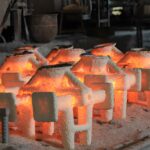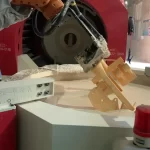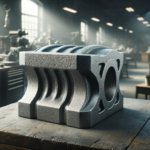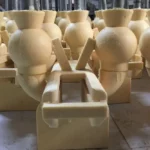Language:
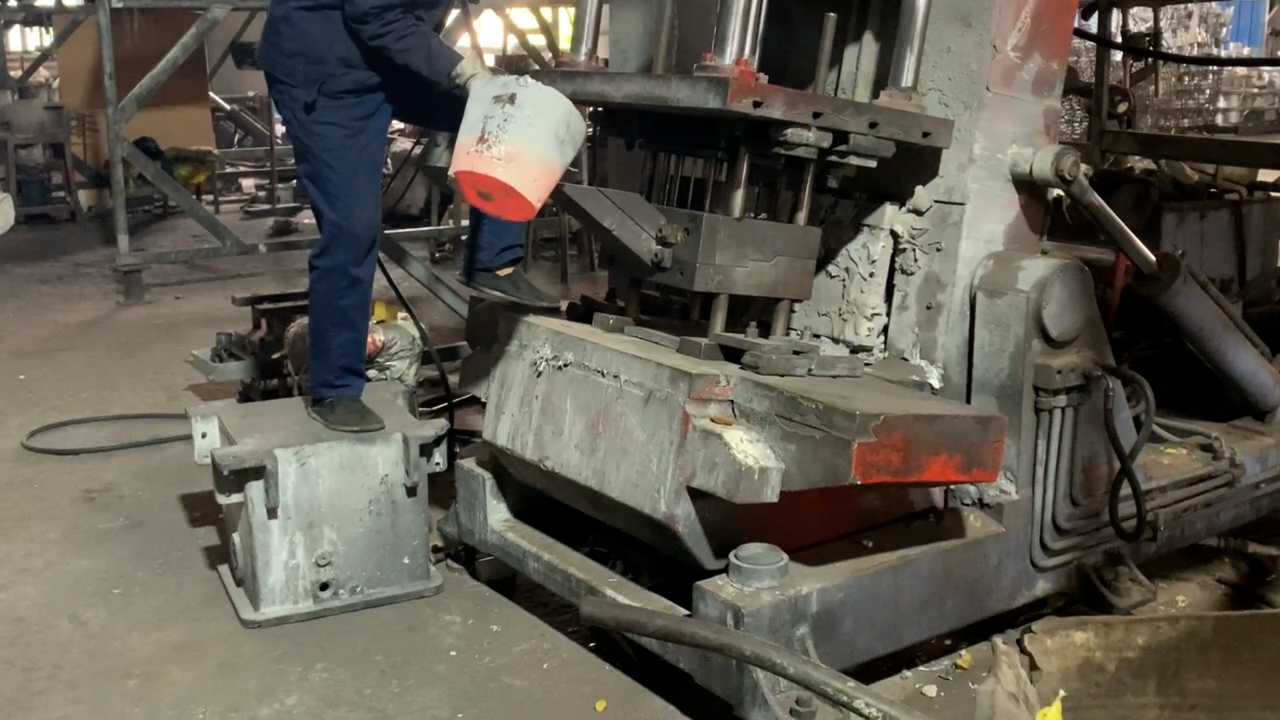
Mastering Aluminium Gravity Casting: Techniques, Benefits, and Applications
In the ever-evolving landscape of modern manufacturing, aluminium gravity casting emerges as a pivotal technique, playing a crucial role in shaping components across a diverse array of industries. This blog seeks to shed light on the intricacies of aluminium gravity casting, a process revered for its precision, versatility, and cost-effectiveness.
Aluminium, with its unique blend of lightweight and strength, lends itself exceptionally well to the gravity casting process. This technique, involving the pouring of molten aluminium into a mould under the force of gravity alone, is both an art and a science. It allows for the creation of the metal castings that are not only structurally sound but also intricately detailed.
Our exploration will delve into the techniques employed in aluminium gravity casting, the distinct advantages it offers, and its myriad applications – from the automotive to the aerospace sectors. We will also address the challenges inherent in this process and the innovative solutions that industry experts have developed.
By the end of this discourse, you will gain a comprehensive understanding of aluminium gravity casting – its processes, benefits, and the pivotal role it plays in the manufacturing sector. Whether you are an industry professional or have only just heard about the term, this blog aims to provide valuable insights into this fascinating aspect of metal casting.
Understanding Aluminium Gravity Casting
Aluminium gravity casting stands as a cornerstone in the realm of metalworking, combining the inherent properties of aluminium with a process refined over decades. This section aims to demystify the concept and process of aluminium gravity casting, laying the groundwork for a deeper appreciation of its role in modern manufacturing.
Definition and Process: Aluminium gravity casting is a process where molten aluminium is poured into a mould and allowed to solidify under the force of gravity. Unlike other casting methods that use external pressures or forces, this process relies solely on gravity to fill the mould. The simplicity of this approach belies the technical nuances involved in ensuring the highest quality of the final product.
The process begins with heating aluminium to its melting point, which, due to its relatively low melting temperature compared to other metals, makes it an ideal candidate for gravity casting. Once liquefied, the aluminium is carefully poured into a pre-designed mould. These moulds, often made from steel or cast iron, are crafted to provide the final cast with its desired shape and features.
Key Characteristics of Aluminium: Aluminium is favoured for gravity casting due to several key characteristics:
- Lightweight: Aluminium’s low density results in lightweight yet sturdy components, a trait particularly valued in automotive and aerospace applications.
- Strength and Durability: Despite its lightness, aluminium possesses significant strength and durability, making it suitable for a wide range of applications.
- Corrosion Resistance: Aluminium naturally forms a protective oxide coating, making it corrosion-resistant – a crucial factor in many industrial applications.
- Conductivity: The metal’s good thermal and electrical conductivity opens up uses in electrical and thermal applications.
Mould Design and Preparation: The design and preparation of the mould are critical steps in aluminium gravity casting. Moulds must not only reflect the desired geometry of the final product but also accommodate the flow and solidification of molten aluminium. The mould design includes considerations for shrinkage, gating systems, and risers, ensuring a defect-free casting.
The Techniques of Aluminium Gravity Casting
The art of aluminium gravity casting is underpinned by a variety of techniques, each tailored to specific requirements and complexities of the desired end product. This section delves into these varied methodologies, highlighting how they cater to different aspects of aluminium casting.
Different Methods in Aluminium Gravity Casting:
- Tilt Pouring: Tilt pouring is a refined method where the mould is gradually tilted as the molten aluminium is poured. This controlled approach minimises turbulence, leading to a more uniform fill and reducing the likelihood of defects such as air entrapment.
- Static Casting: In static casting, the molten aluminium is poured directly into the mould from above. This straightforward method is commonly used for simpler castings and is valued for its simplicity and efficiency.
- Low-Pressure Casting: Low-pressure casting involves introducing molten aluminium into the mould from below, using controlled pressure. This technique is known for producing high-quality castings with excellent density and minimal porosity. It is particularly suitable for complex shapes and thin-walled parts.
Equipment Used in Aluminium Gravity Casting:
- Furnaces: Crucial for melting aluminium, furnaces in gravity casting must be capable of maintaining precise temperatures to ensure the optimal fluidity of the molten metal.
- Moulds: Moulds can be made from various materials, but steel and cast iron are most common due to their durability and heat resistance. The design of the mould is critical, as it directly influences the quality and accuracy of the cast.
- Ladles and Pouring Equipment: Ladles for transporting and pouring molten aluminium must be designed to handle the metal’s temperature and facilitate controlled pouring techniques.
- Cooling and Finishing Equipment: After casting, the parts are cooled, and any excess material is removed. Equipment for these finishing processes is essential to achieve the desired quality and appearance of the final product.
Each technique in aluminium gravity casting offers distinct advantages and is chosen based on factors such as the complexity of the design, required precision, and production volume. The choice of equipment is equally critical, as it must align with the specific requirements of the casting process and ensure the integrity and quality of the aluminium parts.
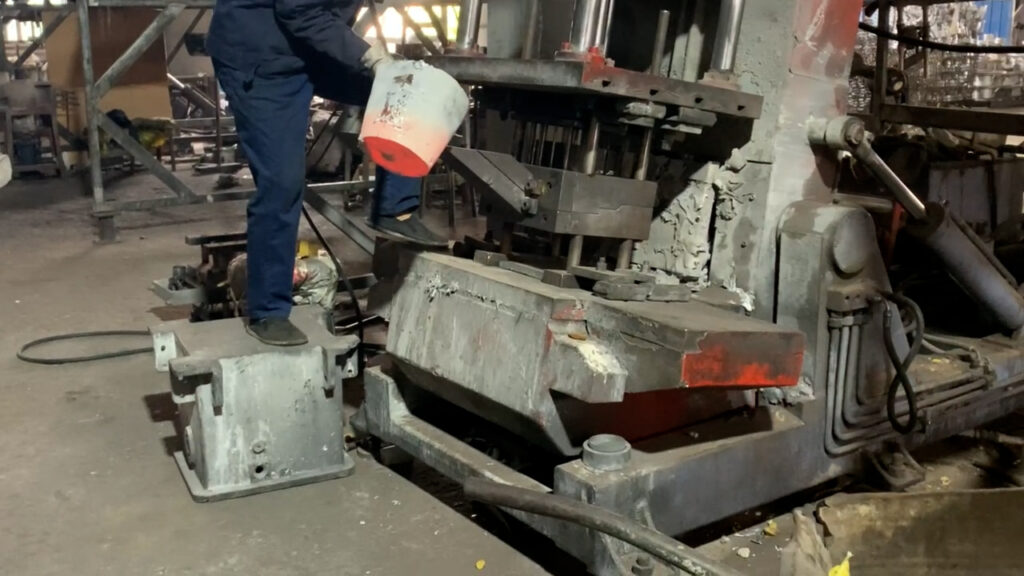
Advantages of Aluminium Gravity Casting
Aluminium gravity casting, with its unique combination of process efficiency and material properties, offers a multitude of advantages. This section explores these benefits, underscoring why this method is highly regarded in various manufacturing sectors.
Quality and Precision: One of the most significant advantages of aluminium gravity casting is the quality and precision it affords. The process allows for the production of parts with high dimensional accuracy and excellent surface finish. The gravity ensures that the molten aluminium fills the mould evenly, reducing the likelihood of defects such as porosity or inclusions, which are more common in high-pressure processes.
Cost-Effectiveness: Aluminium gravity casting is also recognised for its cost-effectiveness. The equipment and tooling involved are generally less expensive compared to those required for high-pressure casting methods. This cost advantage is particularly pronounced for medium to large production runs, where the balance of quality and efficiency is paramount.
Versatility: The versatility of this method is another key benefit. Aluminium gravity casting is suitable for a wide range of products, from simple to complex geometries. It can accommodate various aluminium alloys, each offering different properties such as strength, ductility, and corrosion resistance, making it a flexible choice for diverse applications.
Strength and Lightweight Nature of Aluminium: The intrinsic properties of aluminium – being both strong and lightweight – are effectively harnessed through gravity casting. This combination is especially beneficial in industries like automotive and aerospace, where reducing weight without compromising strength is crucial.
Enhanced Material Properties: The gravity casting process can enhance the mechanical properties of aluminium. The slower cooling rate in gravity casting compared to high-pressure methods allows for better control over the microstructure of the metal, often resulting in improved strength and ductility.
Eco-Friendliness: Aluminium is known for being environmentally friendly, largely due to its recyclability. The gravity casting process complements this by typically generating less waste and being more energy-efficient compared to other casting methods.
Aluminium gravity casting offers a harmonious blend of quality, cost-efficiency, and versatility. Its ability to produce strong, lightweight, and precise components makes it a preferred choice in many industrial applications, from everyday consumer products to high-end engineering solutions.

Applications in Industry
Aluminium gravity casting, with its myriad advantages, finds extensive application across a range of industries. This section elucidates how this versatile casting process is employed in various sectors, demonstrating its broad industrial significance.
Automotive Industry: In the automotive sector, aluminium gravity casting is integral in producing a variety of components. Its ability to create strong, lightweight parts aligns perfectly with the industry’s ongoing pursuit of fuel efficiency and emission reduction. Common applications include engine components, gearboxes, and various housing parts. The durability and heat resistance of aluminium make it ideal for these high-stress automotive applications.
Aerospace Industry: The aerospace industry, much like automotive, values the lightweight and strong characteristics of aluminium. Gravity casting is used to manufacture critical components of aircraft and spacecraft. These components often require precise dimensions and a high-quality surface finish, attributes that aluminium gravity casting can reliably provide.
Electronics and Telecommunications: Aluminium’s excellent thermal conductivity and electromagnetic shielding properties make it a material of choice in the electronics and telecommunications industry. Gravity casting is used to create enclosures and housings for electronic devices, offering both protection and heat dissipation.
Construction and Infrastructure: Aluminium gravity casting is also prevalent in the construction and infrastructure sector. Its corrosion resistance and strength are beneficial in creating various structural components, fixtures, and fittings. These aluminium parts often contribute to the aesthetic appeal of architectural designs while providing functional strength and longevity.
Consumer Goods: The adaptability of aluminium gravity casting extends to consumer goods, where it is used to manufacture a wide range of products, from kitchen utensils to sports equipment. The aesthetic appeal of aluminium, combined with its non-toxic nature, makes it suitable for products that require both functionality and visual quality.
Medical Devices: In the medical field, the demand for precision and reliability sees aluminium gravity casting used to produce surgical instruments and equipment housings. The non-reactive nature of aluminium is particularly advantageous in this sensitive industry.
The diverse applications of aluminium gravity casting are a testament to its versatility and effectiveness. Whether it is in reducing the weight of a car or an aircraft, protecting sensitive electronic components, or contributing to architectural aesthetics, this casting process plays a crucial role in advancing modern industry.
Conclusion
As we have traversed the multifaceted landscape of aluminium gravity casting, its integral role in modern manufacturing has been unequivocally established. From the automotive and aerospace sectors to electronics and consumer goods, this process stands as a beacon of efficiency, quality, and versatility. It is within this context that Taiyuan Simis Investment Casting Co., Ltd emerges as a paragon of excellence in the field.
Taiyuan Simis, with its advanced gravity casting facilities, epitomises the pinnacle of technological advancement in this domain. The company’s commitment to maintaining top of the line equipment ensures that the highest standards of precision and quality are consistently met. This, combined with their team of experienced engineers, positions Taiyuan Simis at the forefront of innovation and reliability in aluminium gravity casting.
The strength of our foundry lies not just in its superior technological capabilities but also in its deep understanding of the nuanced requirements across various industries. Whether it is producing lightweight yet durable components for the automotive industry or precision parts for medical devices, the company’s expertise is evident in the breadth and depth of its applications.
In a world where the demands for efficiency and sustainability are ever-increasing, we demonstrate how advanced gravity casting facilities and expert engineering can converge to meet these challenges. The company’s ongoing dedication to excellence and innovation not only sets it apart but also makes it a valuable ally in the evolving landscape of industrial manufacturing.
In conclusion, the journey through the realms of aluminium gravity casting illuminates its significance as a key player in the industrial world. Companies like Taiyuan Simis Investment Casting Co., Ltd, with their advanced capabilities and rich expertise, continue to drive the industry forward, showcasing the limitless potential of this enduring and adaptable process.
